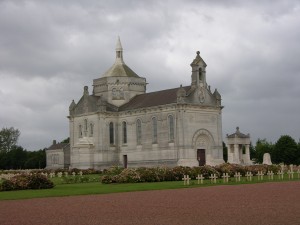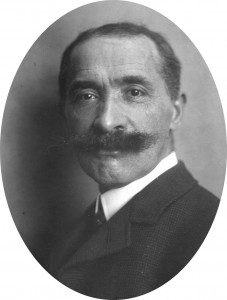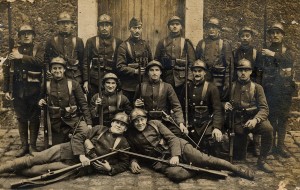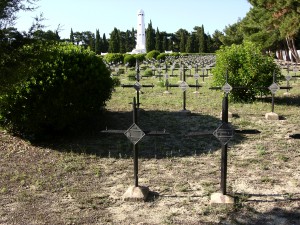All-Telling Messengers
Two French Memorial Sites of the Great War
Several years ago, in company with an English friend, we were driven to several sites of conflict and memory. From place to place there was much to absorb and all the while I felt, Would I ever be able to find my way around these places?
Time has passed and we have traveled several times since, across the paths of soldiers and citizens in search of their times, in search of their places. We have learned much about them and equally about ourselves. As we gathered more knowledge, more familiarity, we would leave the Western Front for the Gallipoli Peninsula. Here too we encountered paths of soldiers and citizens…and still there is more to learn, to see, feel…and experience.
Travels to sites of conflict leave their marks, their paths on our beings. It has been some while since I thought upon two French sites that I have visited and how they were to effect my time and sense of place. Though many years have passed since the Great War, from which their creation necessarily arose, these sites remain all-telling messengers, holding the fallen witnesses of the war to end all wars…the Great War for civilization.
Notre Dame de Lorette

Notre Dame de Lorette. The largest French Cemetery of the Great War. To this day I recall my feelings and first impressions of this haunting and brooding site.
(P. Ferguson image, September 2005)
The French National Memorial and Necropolis is the resting place of 40,000 identified and unknown Great War French soldiers. Located on high ground, the site, during the Great War, was the focus of much fighting between October 1914 and October 1915. Some 120,000 soldiers from both sides were killed in the intense and bitter fighting for the ridge. Designed by Louis-Marie and Jacques Cordonnier the basilica and memorial buildings were built between 1921 and 1927. The site’s haunting embrace of the ridge and land looks out across the Douai Plain and the city of Arras.

Architect Louis Marie Cordonnier, together with his son Jacques, were the designers of the Notre Dame de Lorette memorial site.
(Wiki Commons image)
Cordonnier was also instrumental in the reconstruction of French civic and church architecture destroyed during the Great War.
The French Memorial (Ossuary) and Cemetery at Gallipoli
At long last, in 2012, a dream came true to visit the Gallipoli Peninsula. Inspired by Peter Weir’s film Gallipoli I had learned Mr. Weir traveled to the site where no doubt he learned much from this landscape. Now, in 2012, we were led by our hosts, Peter Hart of the Imperial War Museum and Roger Chapman. We wandered a new world of paths carved by soldiers from the beaches to the ridges. While there we learned much about the Turkish soldier and the Allied soldiers who came here. British, Australian, New Zealanders, Newfoundlanders and French.
Surprisingly the French presence on Gallipoli has been overshadowed. When one learns that there were nearly as many French soldiers killed here as ANZACs (8,141 Australians killed – 7,447 New Zealanders killed) it is astonishing that these sons of France and French Colonial Africa sit among the shadows of other nations on the Peninsula or worse have been forgotten by distance and interest. Located at Morto Bay, Seddülbahir this memorial site includes 3,236 graves and four ossuaries containing the remains of 12,000 unidentified soldiers.
Let us hope that more interest will be taken in the Corps Expéditionnaire d’Orient.



Comments